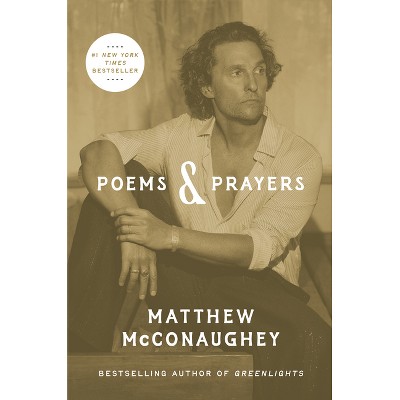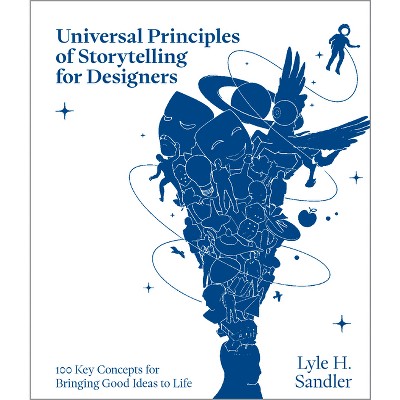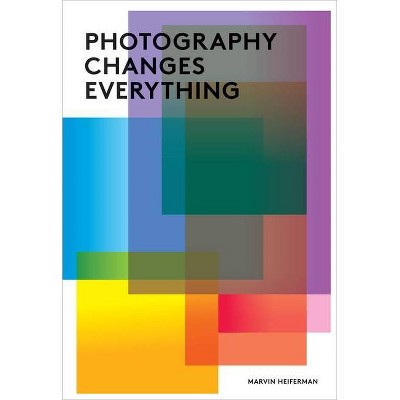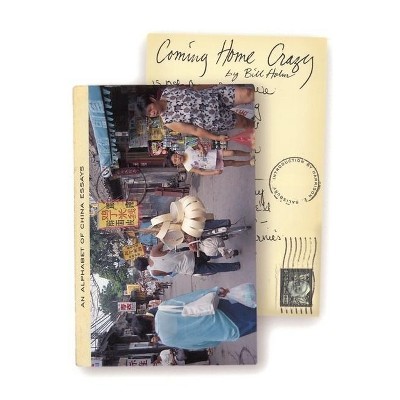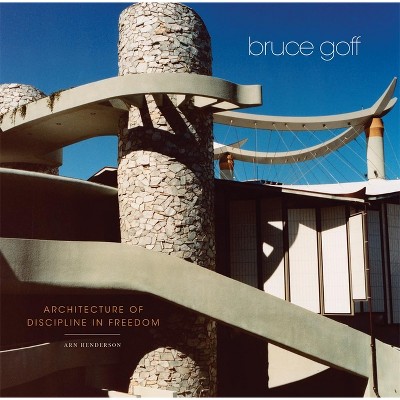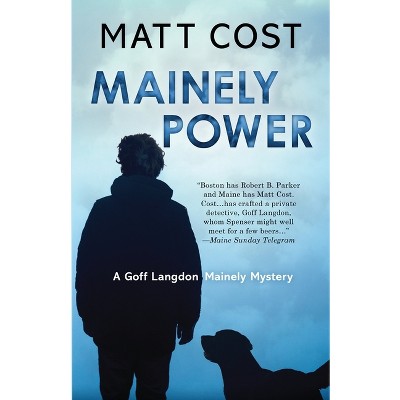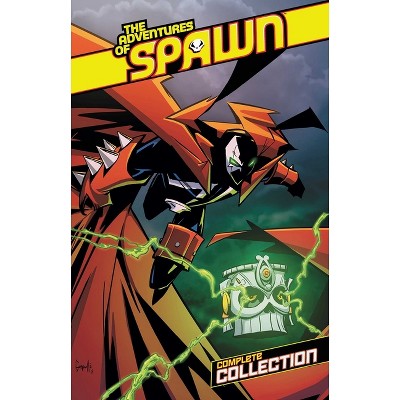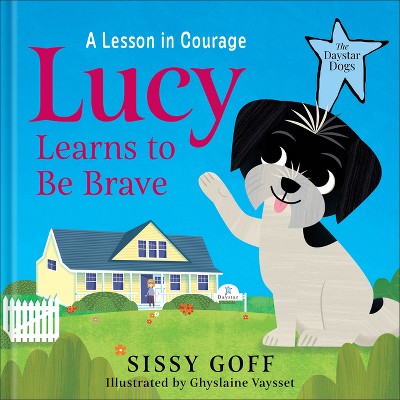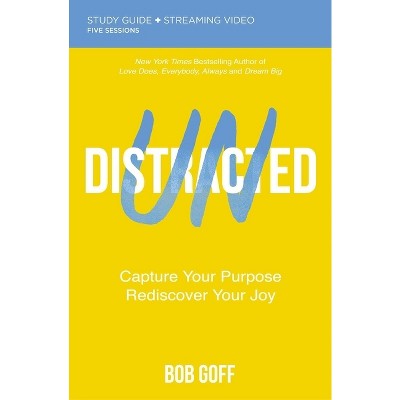Sponsored

Goff on Goff - by Philip B Welch (Paperback)
In Stock
Sponsored
About this item
Highlights
- Architect Bruce Goff was not afraid to be different.
- Author(s): Philip B Welch
- 352 Pages
- Architecture, Individual Architects & Firms
Description
About the Book
This book, edited by Philip B. Welch, is compiled from tapes recorded with Goff's permission by Welch, who was one of Goff's students, a longtime friend, and himself a prominent teacher of architecture. Goff on Goff embodies some of the architect's most stimulating lectures and conversations. They have never before been available to readers.Book Synopsis
Architect Bruce Goff was not afraid to be different. One of the most innovative designers the United States has produced in the twentieth century-a member of a select band that included Frank Lloyd Wright (with whom Goff worked), Louis Sullivan, and Mies Van der Rohe-he rode the crest of the architectural wave that swept through the country with the post-World War II technological revolution.
In the 1950s, when Goff was head of the University of Oklahoma School of Architecture, Oklahoma emerged as the nation's most daring, avant-garde training ground in the discipline. This book, edited by Philip B. Welch, is compiled from tapes recorded with Goff's permission by Welch, who was one of Goff's students, a longtime friend, and himself a prominent teacher of architecture. Goff on Goff embodies some of the architect's most stimulating lectures and conversations. They have never before been available to readers.
Goff's now-legendary teaching method was to throw his students back onto themselves. He stressed honesty: honesty to materials and honesty to the creative impulse, the client, the total environment. An advocate of Gertrude Stein's "continuous present," Goff himself embodied the idea: the torrents of words, ideas, and exhortations that rolled from his tongue held his hearers spellbound.
The material reflects the breadth of Goff's mind and interests. A lifelong lover of the music of Debussy, he devotes much of one session to the composer's influence on his architectural work. To paraphrase Goff on music and architecture, ideas, not forms, are the best starting point for structures-and he once designed a house starting with the requirement that it have a revolving door. Goff praises traditional Japanese culture for its homogeneity-and immediately urges his students not to be daunted by the problems of diversity.
Recalling the enthusiasm Goff's students felt for the future of architecture, Welch points out that the material is as pertinent today as it was when Goff delivered it.
Shipping details
Return details
Trending Non-Fiction

